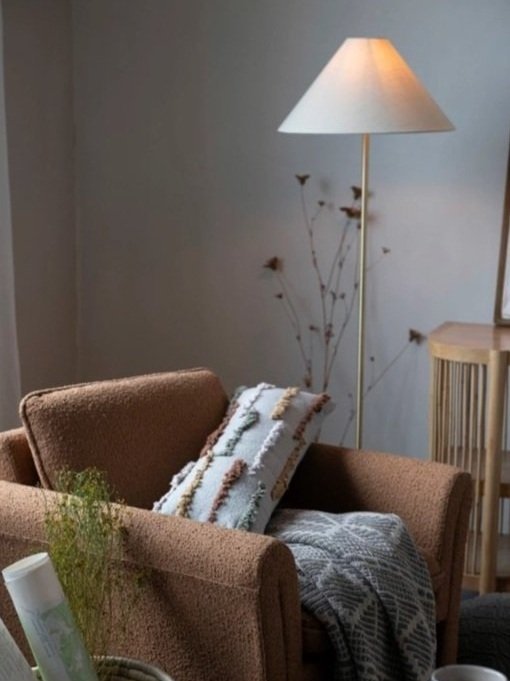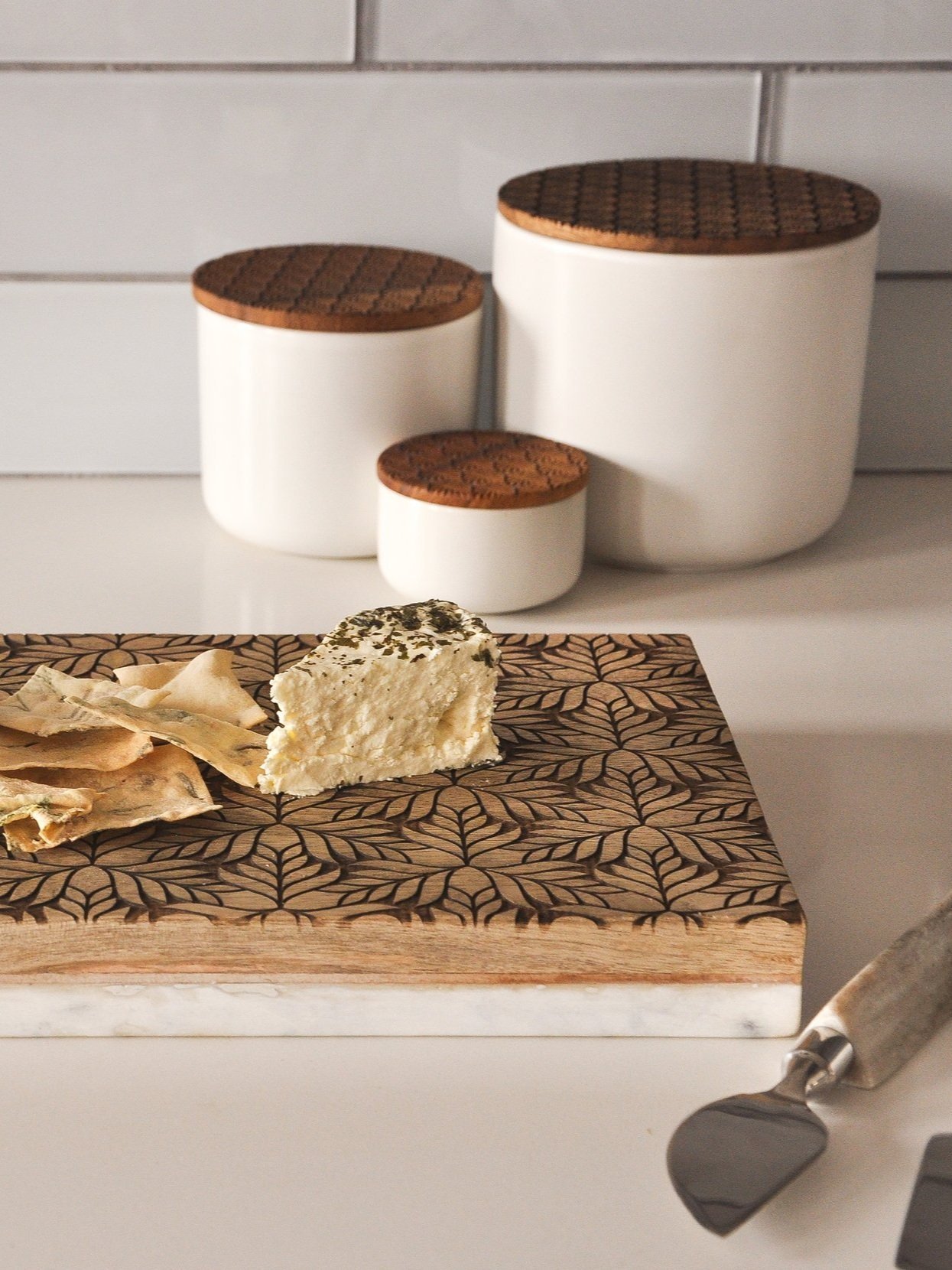Home design hacks to create anxiety-reducing spaces
creating restorative, natural environments
Creating a significant impact on your overall health - here are some design hacks
to help you create a soothing environment:
Set the mood with lighting
Maximize natural light through soft tone bulbs, sheer curtains and open sunlight. Choose shaded lamps, direct light and avoid overhead lighting. Boost mood and vitamin D with open windows, wide set curtains and lighting with soft lamp shades to diffuse the light harshness.
2. Declutter - Even the spaces you barely use!
Clutter contributes to stress an anxiety even when it’s not out in the open. Keeping your spaces tidy and organized - storage solutions for all of those nooks and crannies to maintain order and visual distractions.
3. Calming color pallet
Promote relaxation through soft, muted tones. This doesn’t mean you have to stray from color! In areas you wish to relax, consider leading with a muted tone and adding color and textures to finish the space.
Tip: Find your most commonly used color in your space - look at a color wheel (google color wheel) and choose two adjacent colors across from your common color. Try to incorporate muted versions of those colors in your pallet. It’s easy to always stick to your “safe” colors - try something new!
4. Cozy & comfortable furnishings
Invest in comfortable and supportive furniture that encourages relaxation. Choose function AND beauty by shopping for your every day needs for relaxation in your home. Can’t buy new furniture? Pillows, blankets, foot rests, plush side tables.
5. Integrate natural materials
Look around at your commonly used materials in your home. Try yo avoid using all one material - Add wood, slate, marble, plants, rattan or cork to integrate nature into your home to connect to your environment.
6. Mindful Technology
Create boundaries with technology to prevent it from becoming a source of anxiety. Designate specific areas or times in your home where technology is not allowed, and establish a charging station outside of the bedroom to avoid distractions and promote sleep.
7. Create designated relaxation areas
Designate specific areas in your home for relaxation and self-care activities. For example, a cozy reading nook with a comfortable chair and good lighting, a meditation corner with cushions and soft lighting, or a spa-like bathroom with candles and soothing bath products.
8. Beauty, function & mindfulness
Finding beautiful and functional home pieces is a process that takes time and exploration. Enjoy the journey, and don't rush into decisions based on immediate satisfaction. Take the opportunity to curate a space that truly reflects your personality and meets your practical needs. Surround yourself with meaningful objects and artwork that bring you joy and comfort. Display photographs, artwork, or sentimental items that evoke positive emotions and create a sense of connection.
Tip: Scour local thrift and resell stores to find truly unique pieces that speak to you before buying what is convenient!



